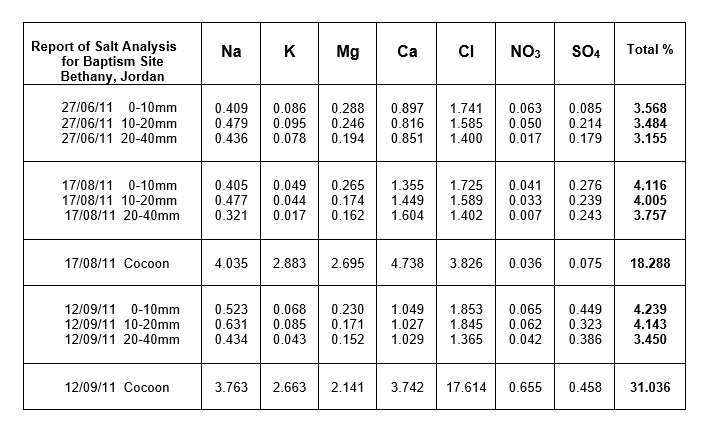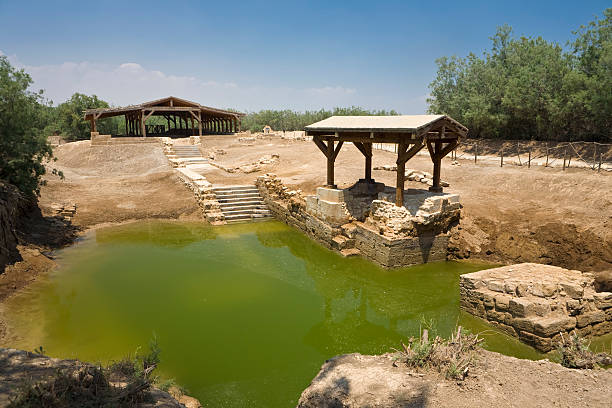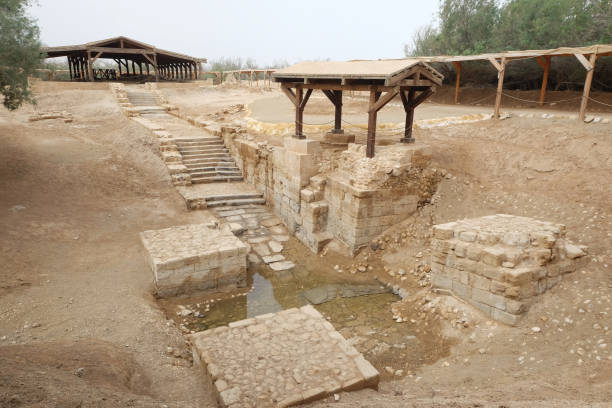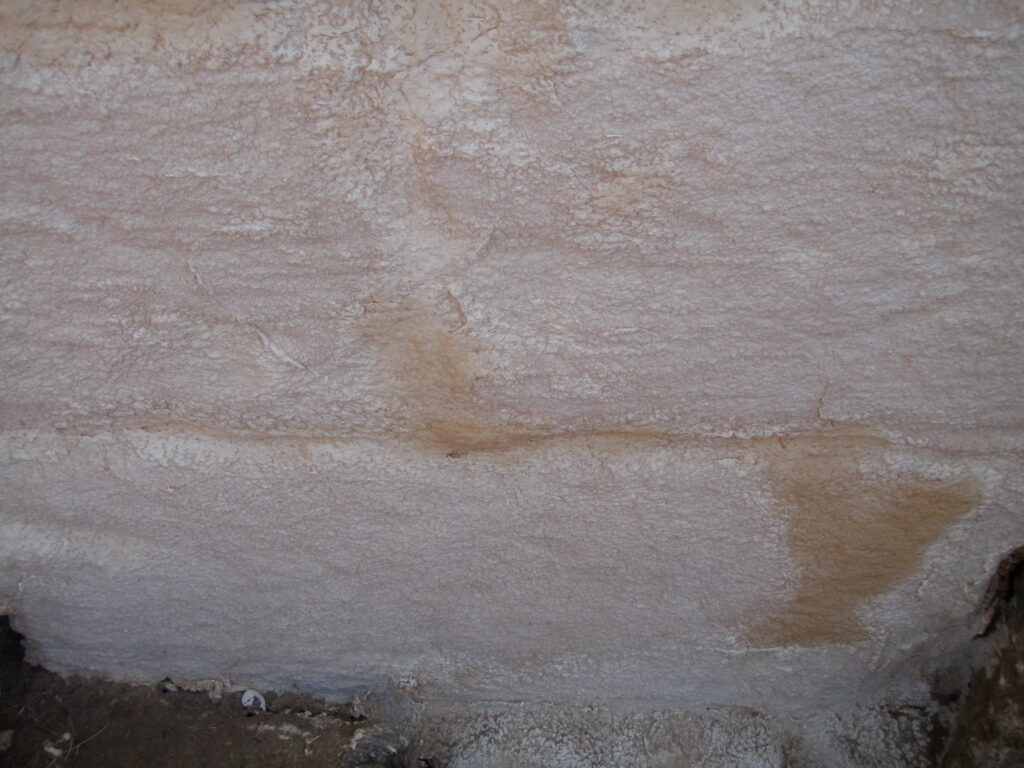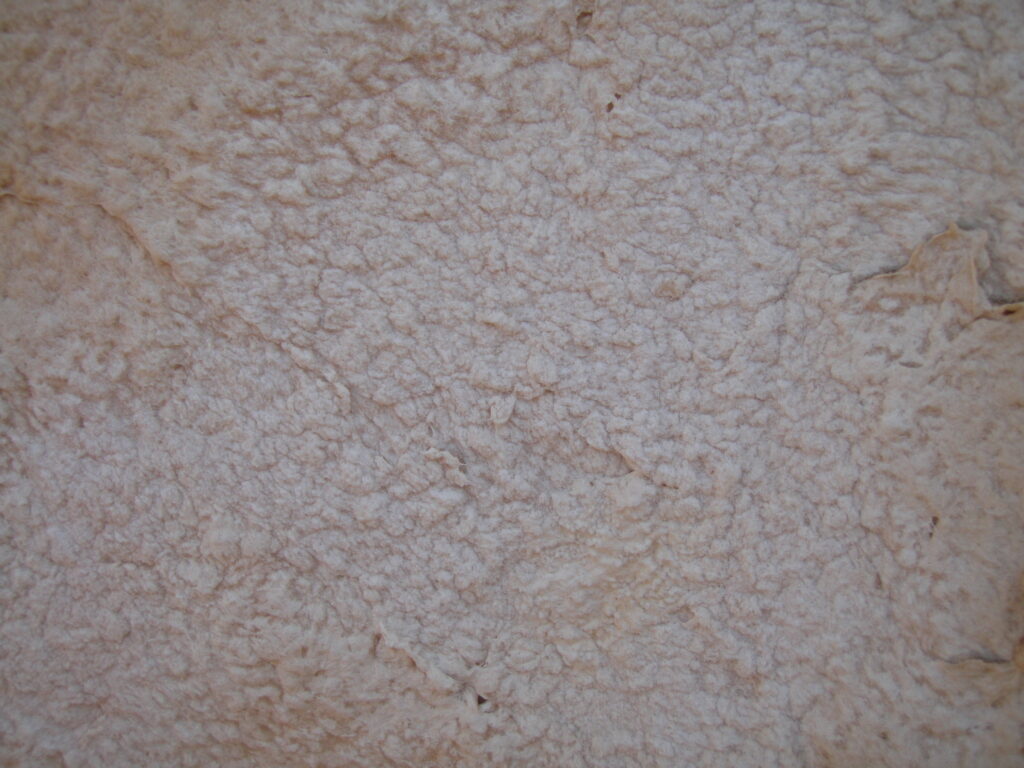Successful Cocoon Trial Of The Baptism Site Bethany, Jordan
The Baptism Site of Jesus, officially know as "Bethany Beyond the Jordan"(Al-Maghtas), is located within the region of Bethany on the east bank of the Jordan River.
Believed to be the original location of the Baptism of Jesus by John the Baptist, it is considered to be one of the three holiest Christian sites in the world, together with Bethlehem (the Church of the Nativity) where Jesus was born and Jerusalem (the Church of the Holy Sepulcher) where Jesus's terrestrial mission ended (at least until the Second Coming).
UNESCO had listed the site as an archaeological World Heritage Site. It was initially added in the tentative list on 18 June 2001 and a new nomination was presented on 27 January 2014. It was officially designated in 2015.
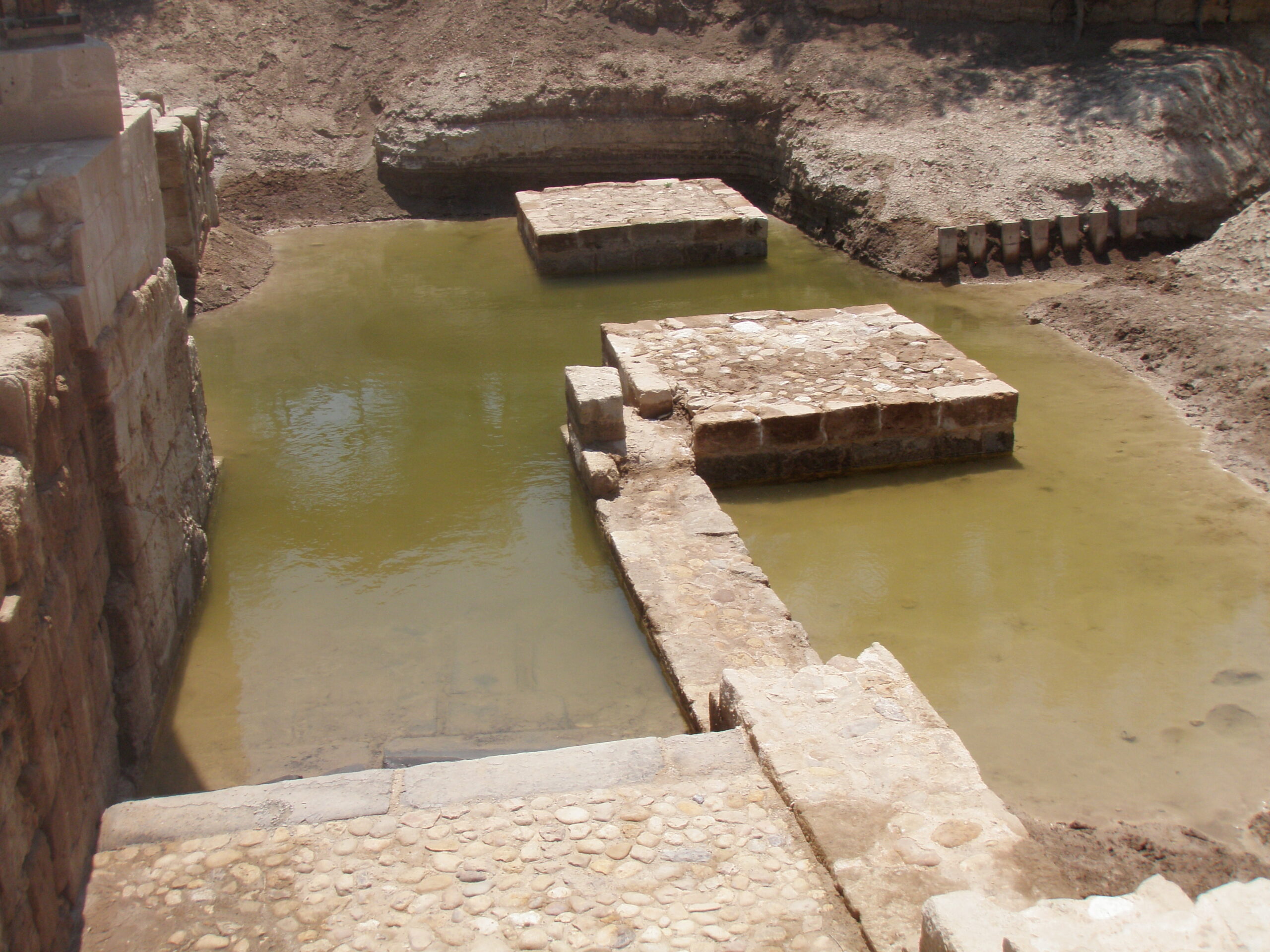
This site is made up of groups of sandstone ashlar walls and sandstone footings with a stairway which are believed to be the remains of the original building that was on the site. These remains were discovered during archaeological excavations carried out in the area in 1997. Every year the site fills up with water and dries out again with the seasonal weather pattern.
In early 2011, Westox was contacted to evaluate the site.
With the constant seasonal wetting and drying out cycles, it was found the sandstone ashlar walls and sandstone footings showed deterioration and loss of fabric from high salt contamination, caused by rising damp and lateral damp. Surface salts were also causing unsightly white patches all over the walls.
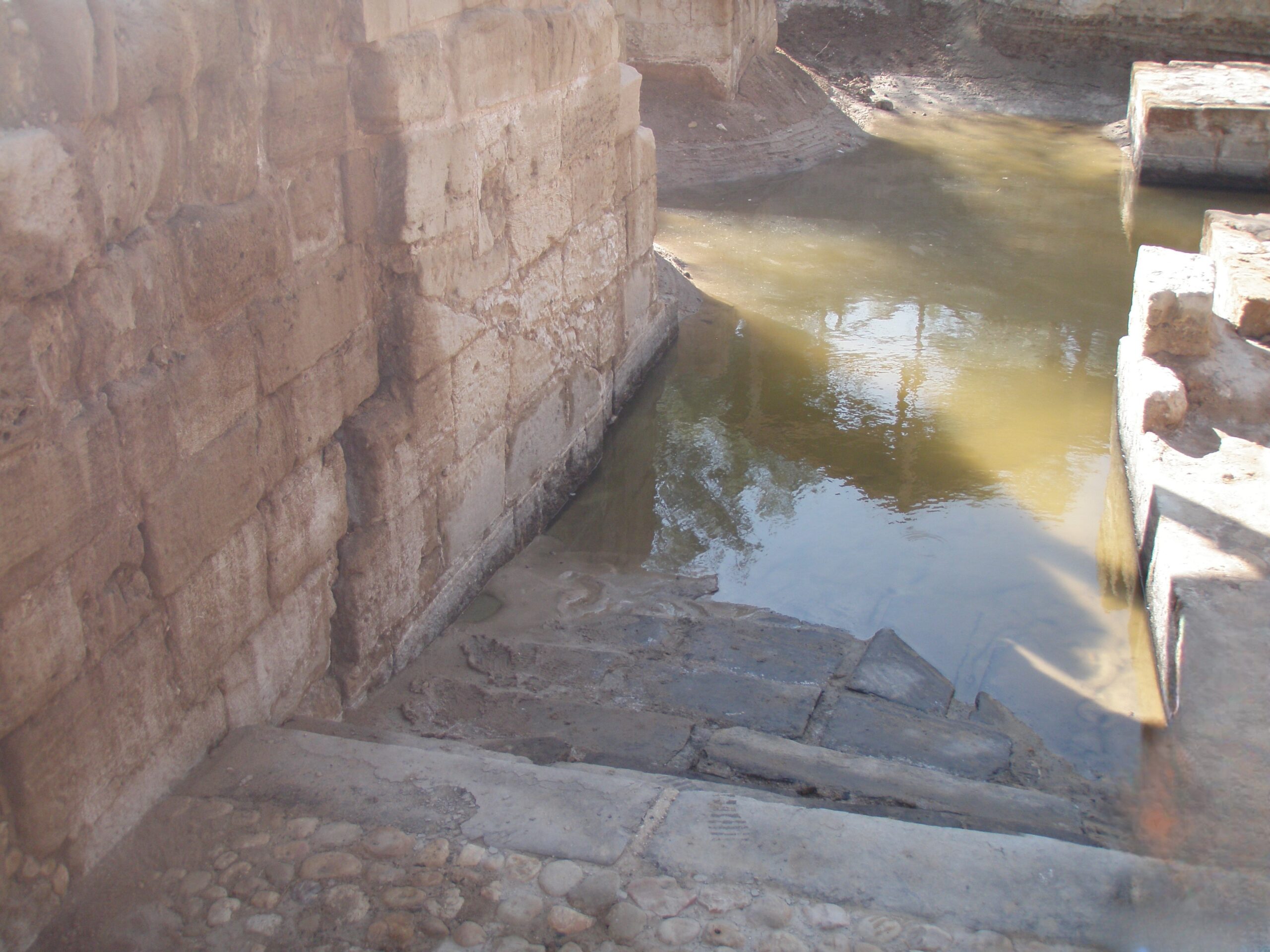
Westox proposed to reduce or stop the rate of deterioration and further loss of significant fabric by removing the salts with Cocoon, as well as remove the high salt contamination and unsightly white patches from all over the walls. It was also advised to record the reduction of salt by analysing drill tests before and after each application of poultice.
The plan was agreed on and work started in 2011. The trial area was brushed down to remove all loose particles of exfoliation from the surface. Two applications of Cocoon were applied to the deteriorated areas over a four-week period, with sample taken for Salt Analysis before and after application.
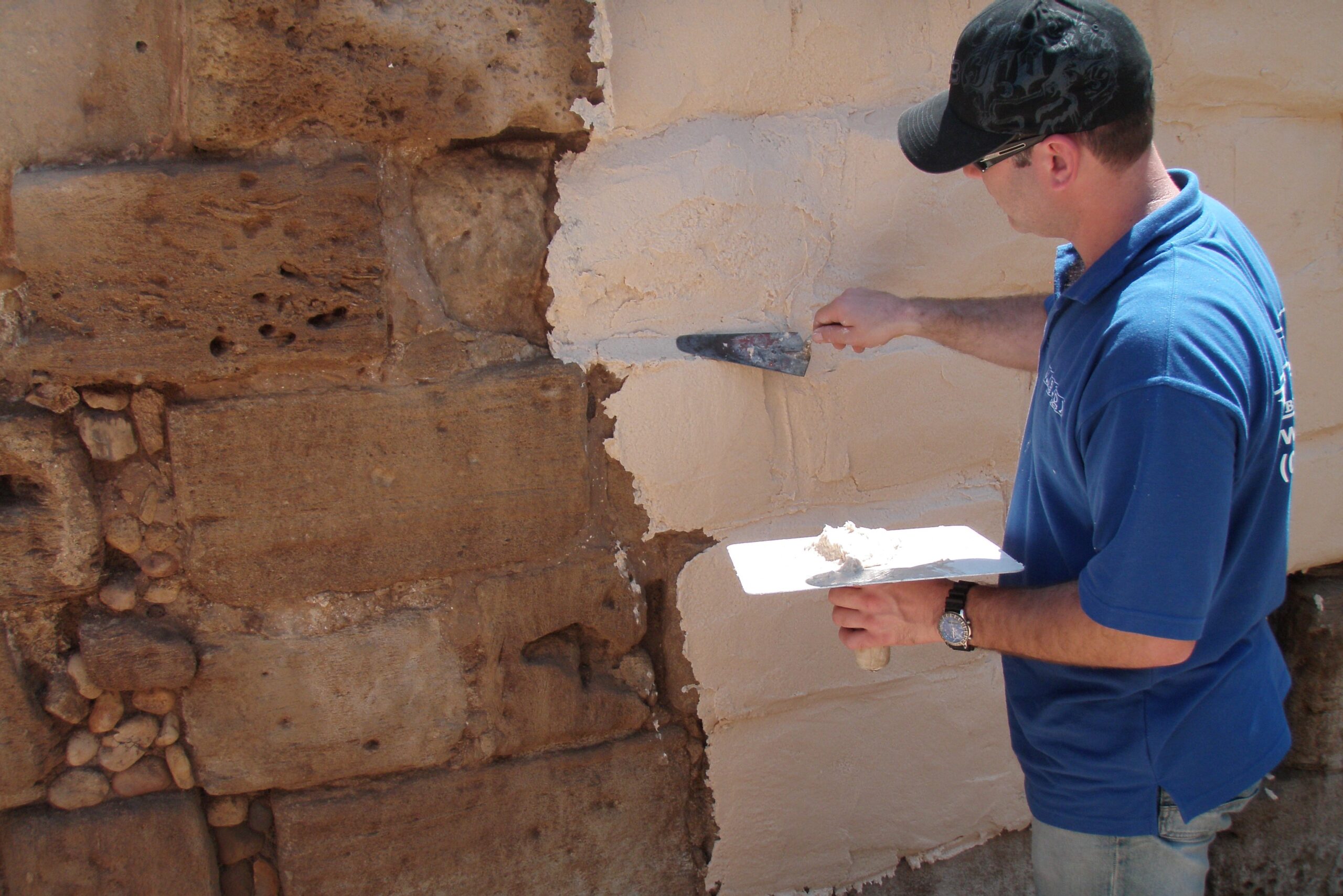
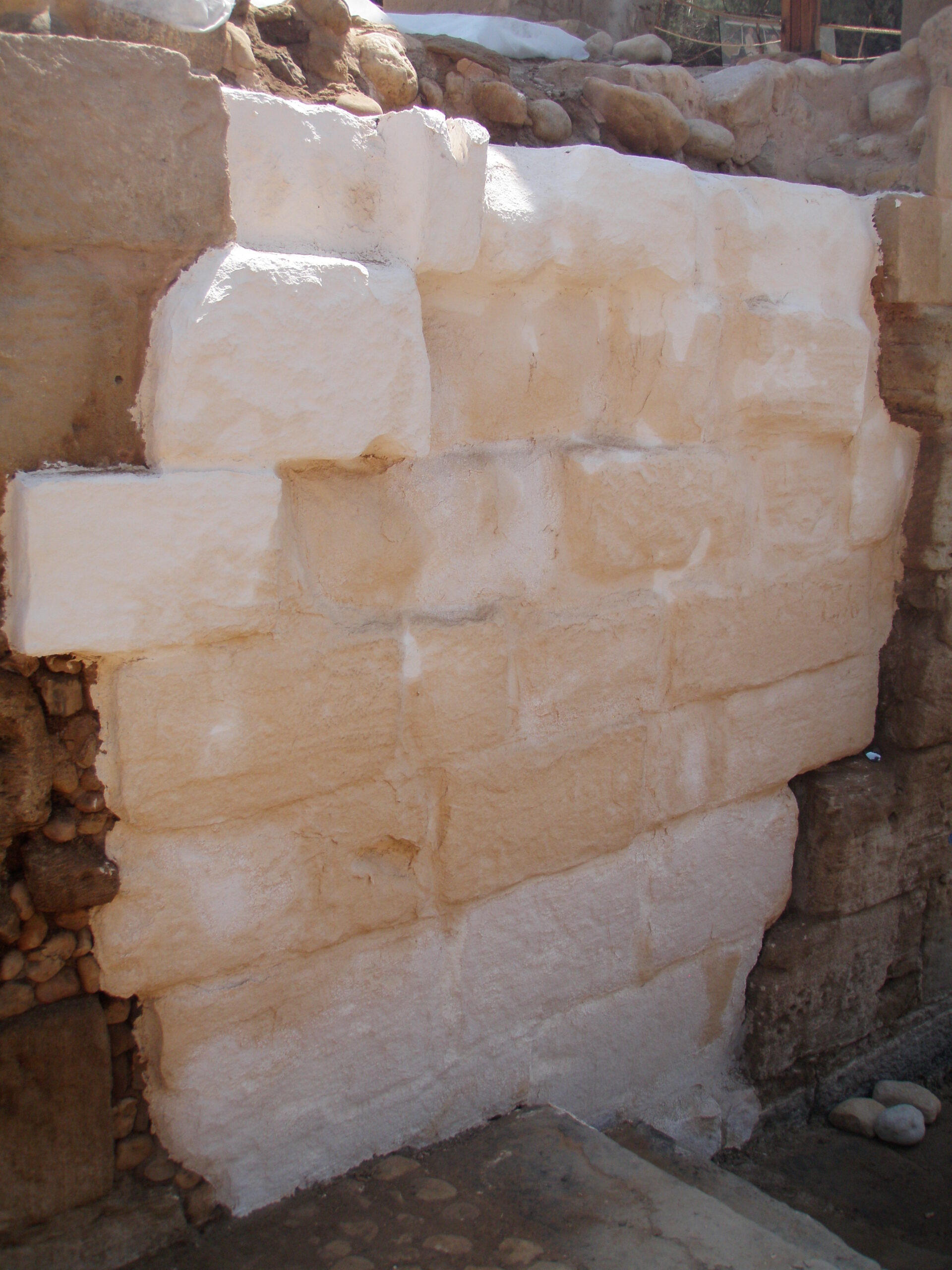
The photos below show you the salts extracted from the ashlar walls, as seen on the dried Cocoon.
Below, the Salt Analysis results show that the total salts have been significantly lowered from the surface of the sandstone ashlar wall. The analysis also shows that the salts are drying out towards the surface and that the second poultice has extracted a lot more than the first one. The unsightly surface salts that were causing white patches have disappeared since the first treatment, but several further applications would be required at annual intervals until the salt reaches an acceptable and safe level. These annual intervals should occur when the seasonal water level starts to dissipate and evaporate, causing the salts to evaporate towards the surface as the wall dries out.
